(1) for turret. (2) for main gun. (3) for machine gun.
**WWI RP**
The new light tank of the German Army, it is armed with a potent 37mm cannon, capable of penetrating 25mm of armor at 1,000 meters -- and hit them.
It is provided with 20mm of armor on the front, 15mm of armor on the sides, and 10mm of armor elsewhere. It's frontal armor is largely immune to anti-tank rifles. With a good combination of mobility, firepower, and armor, it was instrumental to the defeat of France. 3,000 of these machines are in service in the German Army.
**C&C RP**
One of the first three tanks operated by the Paternian Army, the other being AFV-T 2 Storm, and the AFV-T 3 Goliath. These machines were later designated M1, T3, and M2, respectively.
Among Paternian Army command, there were several concepts as to how to use tanks effectively, given cost restraints.
The first school, promoted by the Cavalry branch, was to have large numbers of cheap and fast tanks, with sufficient armor to resist armor-piercing ammunition from a heavy machine gun, in order to overwhelm enemy forces in the style of cavalry. To this end, they endorsed the AFV-T 1.
The second school, promoted by the Infantry branch, was to have modest numbers of slower but heavily-armed and heavily-armored tanks to support infantry operations, much like field artillery. To this end, they endorsed the AFV-T 2.
The thrid school, promoted by General John Burns, an artilleryman by trade, believed that the best approach was for medium tanks to achieve these goals.
As the concept of the tank was relatively new, it was desiged to build six of each design for trials.
During trials, the AFV-T 2, now the T3, suffered from breakdowns, where the AFV-T 1 and AFV-T 2, now the T1 and T2, performed well. The T3 was eliminated from trials.
The T2 was the clear winner, although the insistence of the Cavalry and cost considerations resulted in the adoption of the T1 as the M1 tank, and the T2 was relegated to testing duties.
However, in battle, the M1 proved vulnerable to tank cannon and mines, and the Army sought to bring the T2 into production. The T2, now the M2, performed well in combat, and the M1 was relegated to training duties.
400 M1 tanks were built, and two M1s have been preserved; one in the Paternian Armored Museum in Aberdeen, Maryland, and one in the Royal Awwam Army Museum in Istanbul. The latter vehicle was discovered in India after the takeover, and has been restored visually.
In addition, a thrid machine in derelict condition was discovered via magnetic field disturbance to be partially buried under the ice and snow at Vostok station. This machine is missing its turret and the majority of armor panels around the engine, confirming its documented use as a transport vehicle. There are no plans to recover this tank.
Specifications
General Characteristics
- Created On Windows
- Wingspan 7.4ft (2.3m)
- Length 17.3ft (5.3m)
- Height 6.1ft (1.9m)
- Empty Weight 13,083lbs (5,934kg)
- Loaded Weight 13,778lbs (6,249kg)
Performance
- Wing Loading 8,192.4lbs/ft2 (39,998.8kg/m2)
- Wing Area 1.7ft2 (0.2m2)
- Drag Points 2604
Parts
- Number of Parts 54
- Control Surfaces 0
- Performance Cost 502

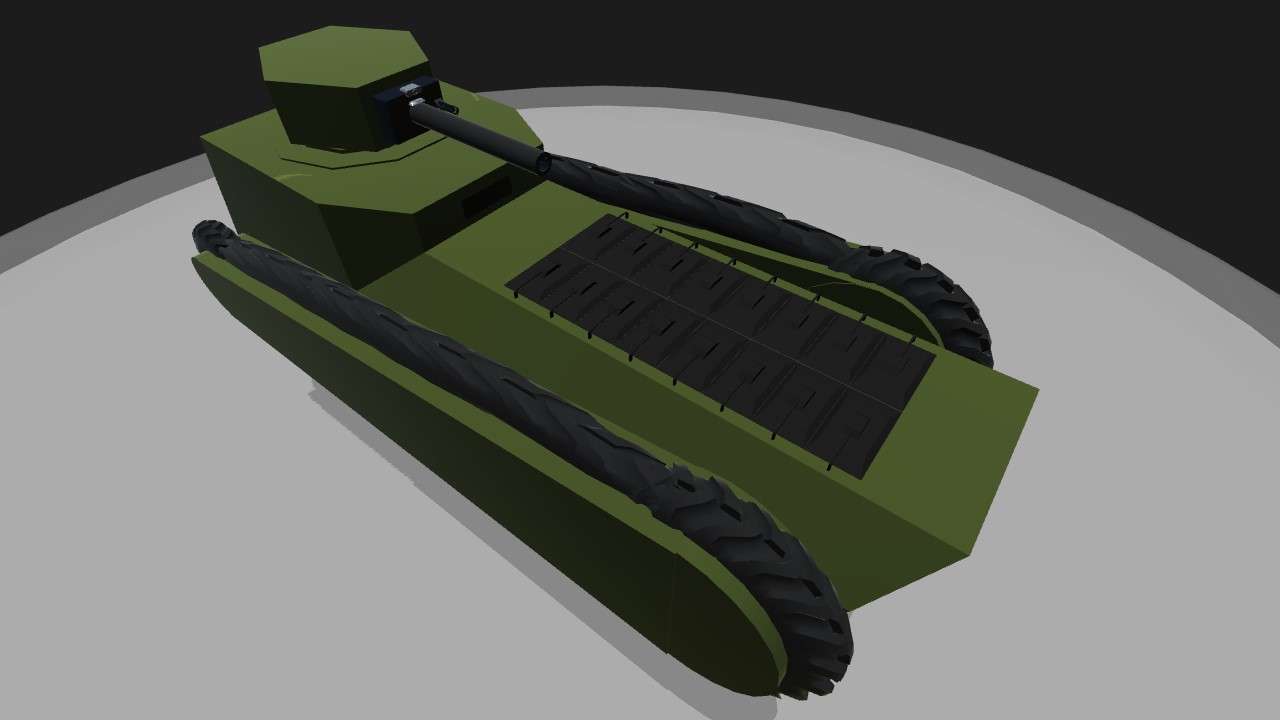
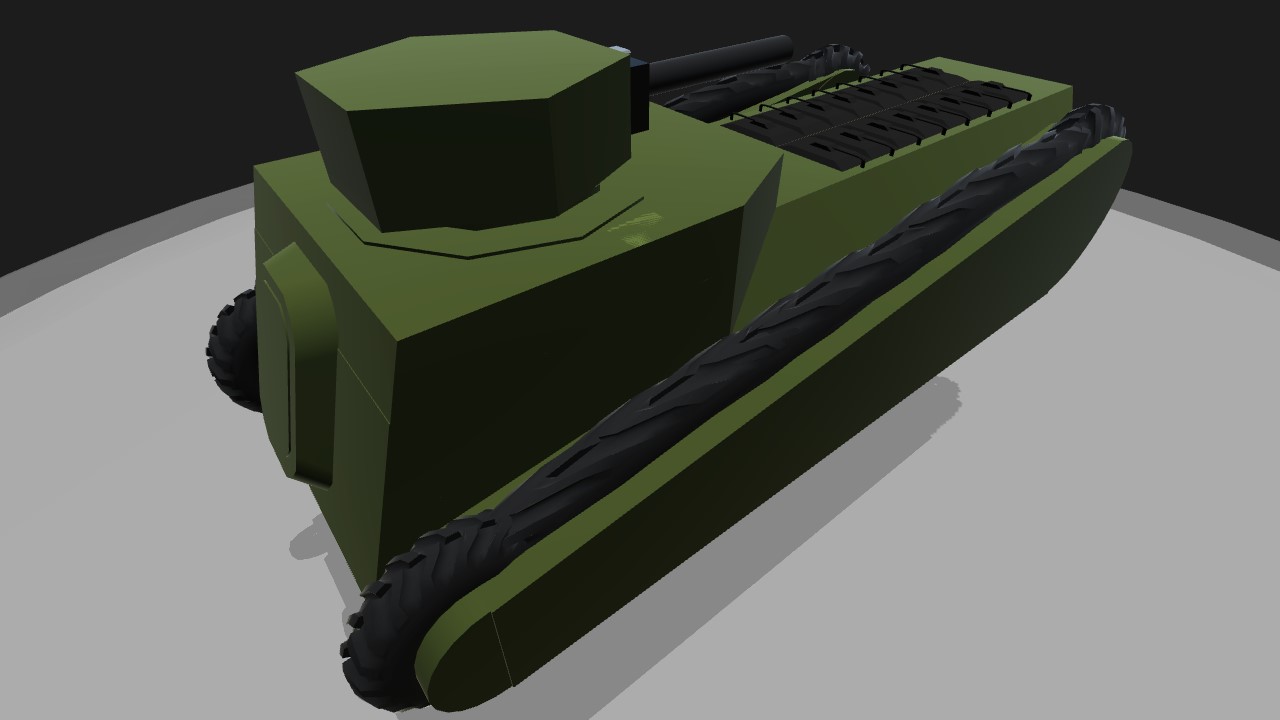

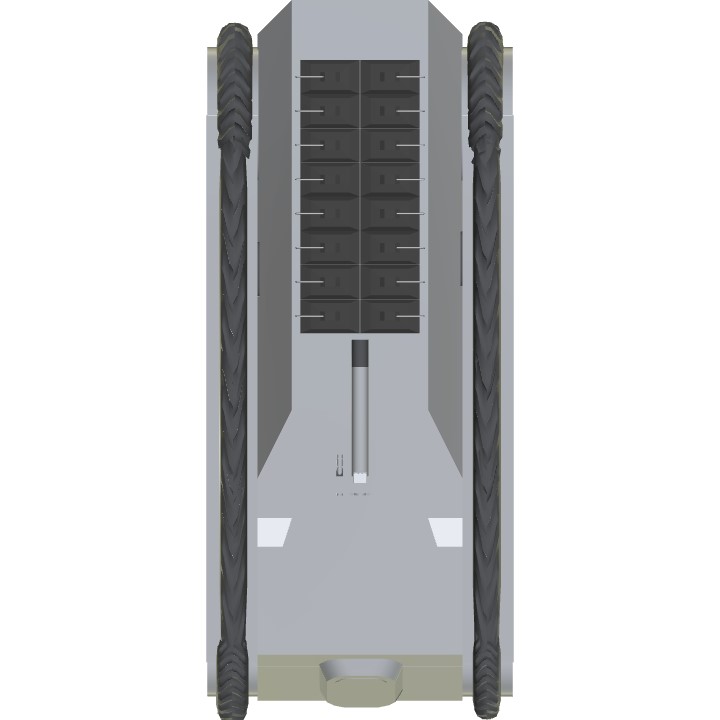
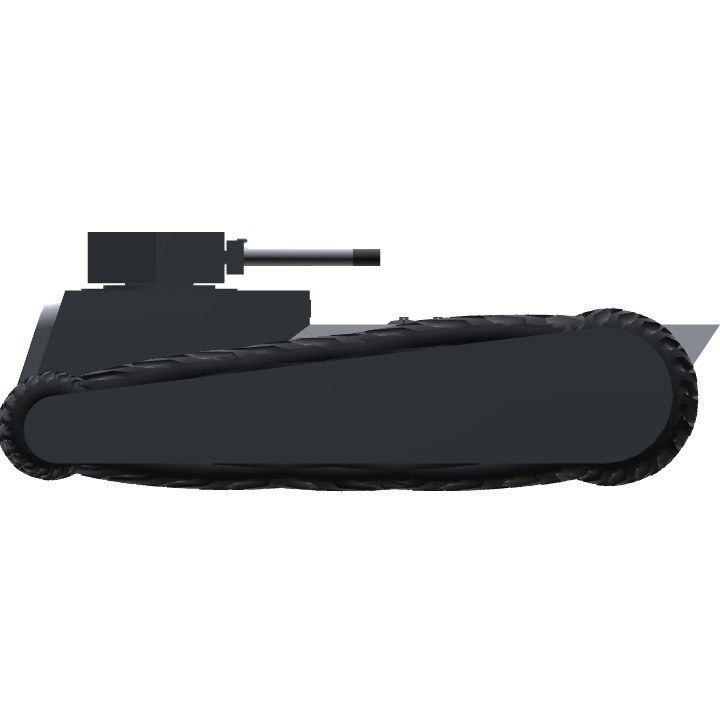
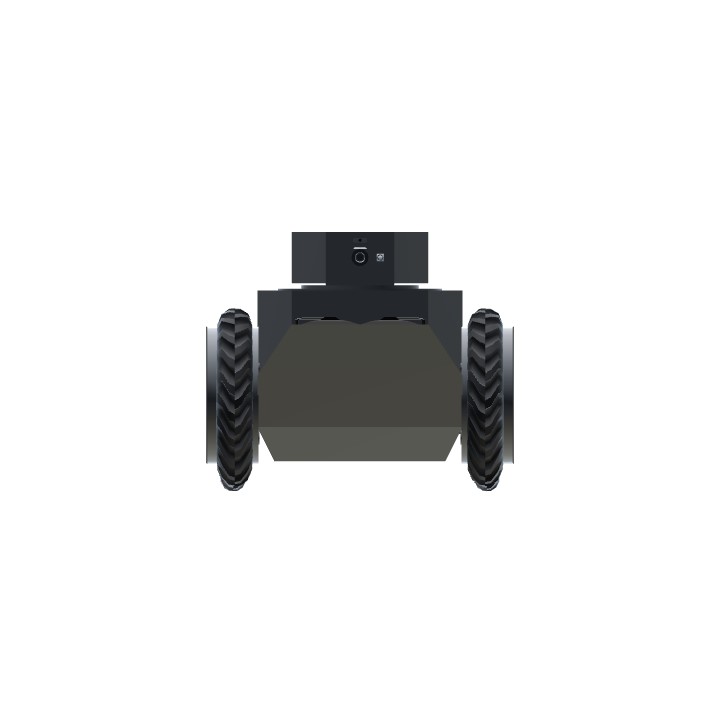
@TheBroadside This is the tank it was based off of.
loltraktor
True, however I have a fascination with the Matilda 1. @Pilotmario
I think the FT or the MK. V heavy tank will work out.
After all, if you want to find a British Mk. 5 heavy tank today, look no further than Russia. @PINK
Permission granted. @Supermini555
Permission to convert it for desert use and upgrades? @Pilotmario
@Pilotmario I think an early Matilda I or MII will work out . . . despite being post war designs.
Okay.....@Pilotmario
The T-26 is based off the Vickers Mk. E design, dating from 1928.
A full decade after the events of this RP. @PINK
Good @Pilotmario
The 37mm gun was derived from a Krupp design.
It can also fit a short-barreled 57mm Maxim-Nordenfelt or 57mm Hotchkiss gun. @Supermini555
I jumped straight to the T-26....I may make another vehicle because of that. @Pilotmario
Ours can take more....@Supermini555
Looks like stuff made from the 1920's or early 1930's such as the T-26, BT-7, or T-50.
This tank was based off the postwar Swedish m/21, built by the Landsverk Corporation, back then owned by Krupp, and was more or less closely based on the LK series of light tanks, which were only prototypes in WWI. @PINK
At least the Turtle can handle a lot of punishment @PINK
WWI Planes are always slow, these planes you have and all of them in the RP are faster than IRL tho, I'm releasing a successor to it too... @PINK
It is very short for its caliber . . . it has to be a howitzer (we are discussing the turtle).
Also, that plane is pretty slow. @Supermini555
We used a AA Gun on a LT, not the best choice, but it has a lot of firepower tho @Pilotmario @PINK
My Triplane has a top speed of 120mph@PINK
It was based on very early Soviet interwar tanks. @Pilotmario
I was discussing this vehicle, however, the Halif has a howitzer . . . .making it less effective than our medium length 52mm gun. @Supermini555
Then agian, I have seen quite modern designs when it comes to fighters....@Pilotmario
Although the Salyangoz has a far superior gun than the RU-1's it has the same amount of armour like the FT-series due to focus of metals towards fighters, therefore, ottoman Hafif Tank is a glass cannon @PINK @Pilotmario
@PINK IMO the RU-1 is a far too modern design for a WWI RP.
If that tank is to be used in a WWI RP, then I'm bringing in a Valiant fighter.
It's the predecessor to the Pummeler, and the airplane that got Dragot Aerospace into business. It was an export success, and was available with both open and covered canopies, as well as fixed or retractable landing gear.
The RU-1 . . . is in our opinion . . . far better.